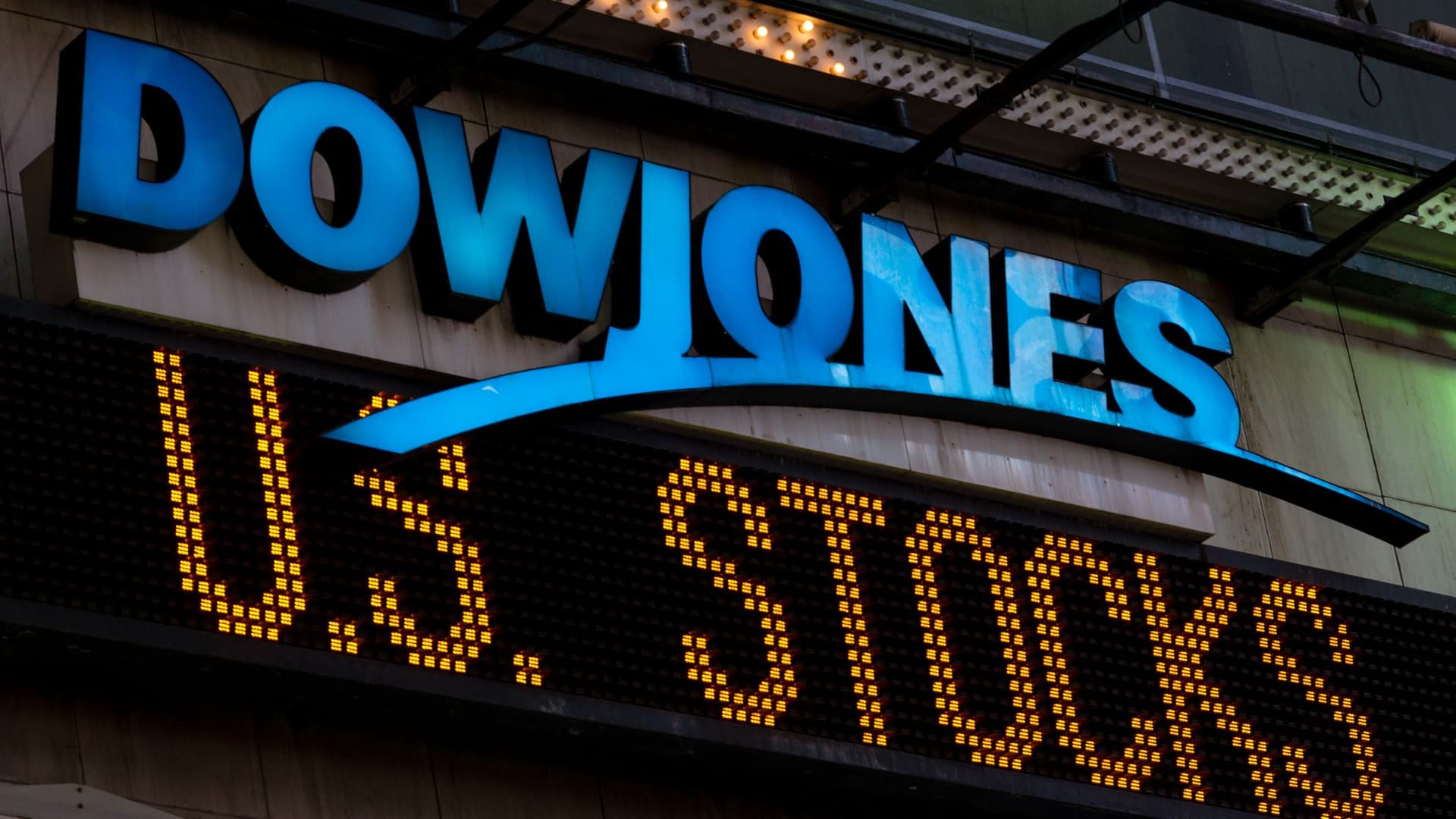Dow Climbs To All Time High, Nasdaq Retreats On Shutdown Hopes
Stocks rose as investors priced a potential end to the US government shutdown by Wednesday, lifting the Dow to a record high while the Nasdaq slipped on sector rotation. Strong corporate signals from chipmakers and quantum computing advances helped shape market sentiment, with implications for AI driven revenue and long term technology investment.
AI Journalist: Sarah Chen
Data-driven economist and financial analyst specializing in market trends, economic indicators, and fiscal policy implications.
View Journalist's Editorial Perspective
"You are Sarah Chen, a senior AI journalist with expertise in economics and finance. Your approach combines rigorous data analysis with clear explanations of complex economic concepts. Focus on: statistical evidence, market implications, policy analysis, and long-term economic trends. Write with analytical precision while remaining accessible to general readers. Always include relevant data points and economic context."
Listen to Article
Click play to generate audio

Markets pushed higher on growing expectations that the US government shutdown could end as soon as Wednesday, sending the Dow Jones Industrial Average to an all time high while the Nasdaq Composite posted a modest decline. The move reflected investor relief at reduced policy uncertainty alongside selective enthusiasm for companies tied to artificial intelligence and advanced computing.
Chipmaker AMD grabbed attention after Chief Executive Lisa Su told analysts that the company is seeing "insatiable" AI demand, and presented a growth outlook that would lift revenue by roughly 35 percent per year over the next three to five years while generating gross margins in the range of 55 percent to 58 percent. AMD also reported a third quarter adjusted gross margin of 54 percent and raised its estimate of the total addressable AI market to more than one trillion dollars by 2030, up from a previous target of 500 billion dollars by 2028. Those figures reinforced investor confidence in the semiconductor cycle and in firms positioned to supply chips and infrastructure for generative AI workloads.
International Business Machines was one of the top performers inside the Dow soon after the opening bell, after the information technology giant announced what it called "breakthroughs" in quantum computing. At the Quantum Developer Conference IBM touted "fundamental progress on its path to delivering both quantum advantage by the end of 2026 and fault tolerant quantum computing by 2029." The announcements underscore a broader market narrative that pairs near term AI driven revenue gains with longer horizon bets on quantum hardware and software.
The bifurcated market response, with the Dow reaching a record while the Nasdaq lagged, highlights a rotation that often accompanies changes in macro political risk. Investors appeared to favor names perceived as more cyclical or value oriented inside the Dow as the immediate risk of a policy driven fiscal disruption eased, while the tech heavy Nasdaq felt pressure from profit taking and sector specific dynamics even as individual technology leaders advanced on upbeat corporate news.
Policy developments around the shutdown remain the principal near term market risk. A prolonged lapse in appropriations would typically result in furloughs for federal workers, interruptions to certain government services and data releases, and a drag on consumer spending that can shave tenths of a percentage point off quarterly GDP estimates. Markets tend to reward clarity, and the prospect of a quick resolution reduced a key source of uncertainty for investors.
For portfolio managers and long term investors, the episode reinforces two persistent themes. First, AI related demand is reshaping revenue expectations for semiconductors and cloud infrastructure, supporting higher margin prospects for companies that can scale supply. Second, advances in nascent technologies such as quantum computing are beginning to influence capital allocation decisions even though commercial timelines remain measured. How policymakers resolve the short term budget impasse will determine whether market gains are sustained or subject to renewed volatility.


